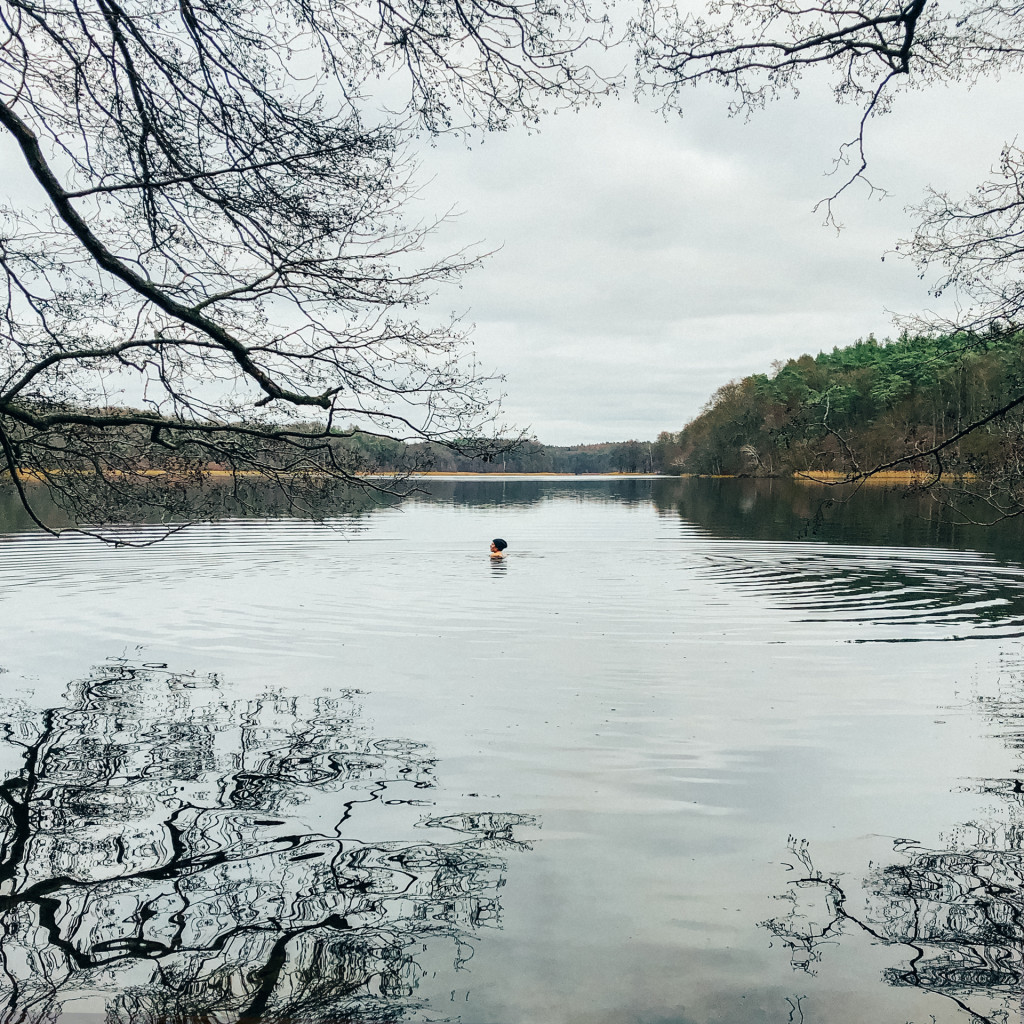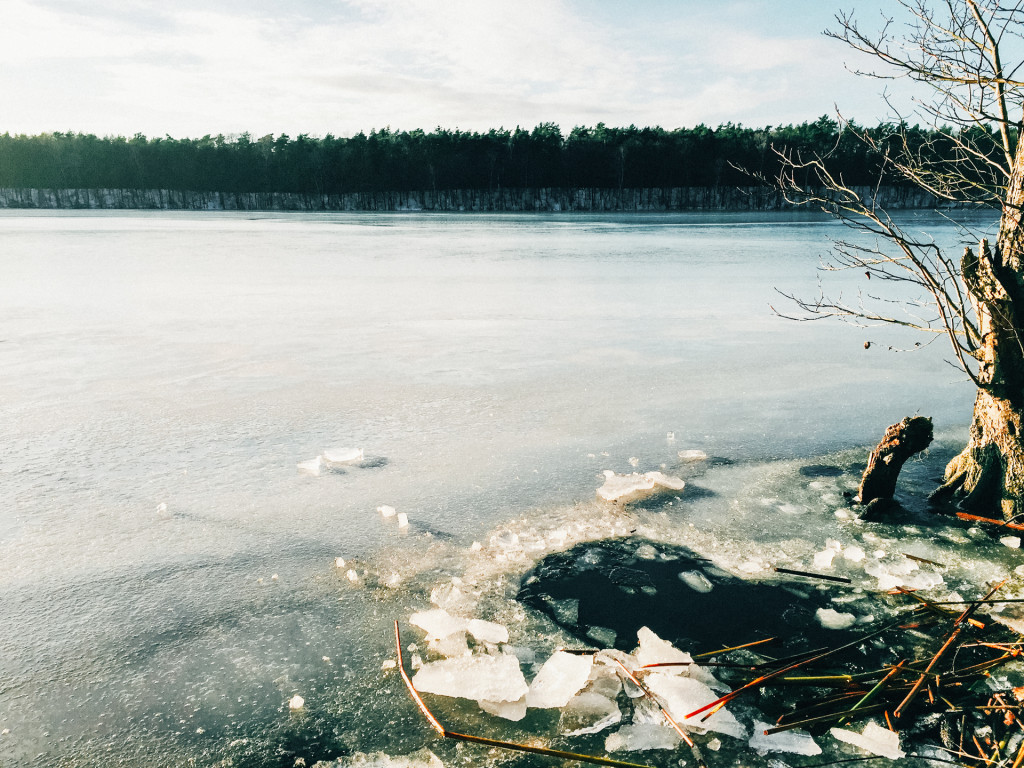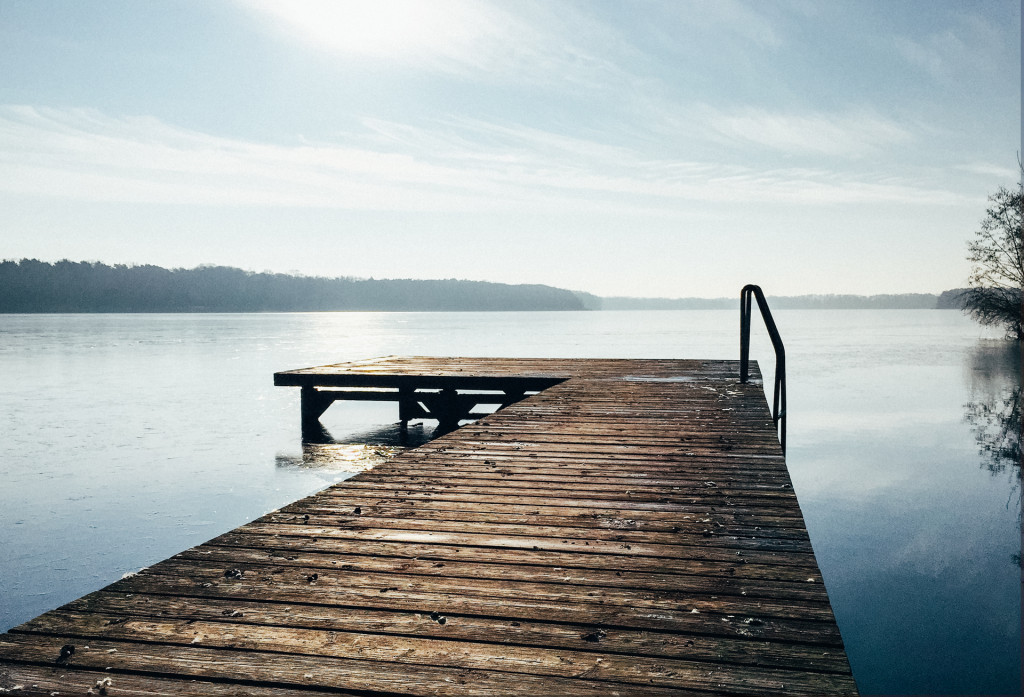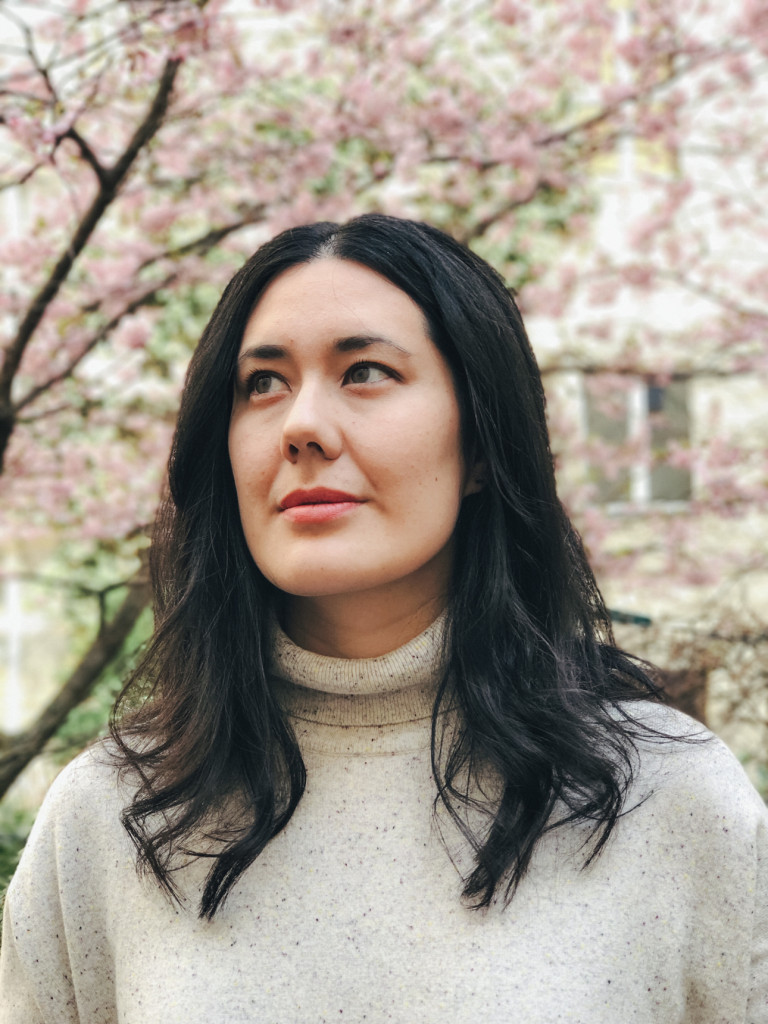In your book Turning: A Swimming Memoir, you recount the experience of swimming in 52 lakes in Berlin and Brandenburg. What first sparked this idea?
I started swimming a lot when I first moved here, so I had a sense of how many lakes there were to explore. But in that first year here, I was feeling really out of place, not quite at home, so I found a sense of belonging through the water. I’m somewhat prone to making lists and setting goals, so a year seemed sensible to me. And since there are over 3,000 lakes in the region, 52 seemed a manageable goal.
What does swimming mean to you?
It’s definitely not an athletic thing for me. It’s more about sensation and a means of getting to know a place. It means getting right into a landscape in the most intimate way: surrounding myself with water and seeing the world from this low horizon, the swimmer’s view. It’s a way of really getting in touch with an environment and cultivating a connection with a place.
You enter the water in every season, even in winter. Why?
This is partly because I’m addicted to the sensation of cold water and the adrenaline rush. But also partly about how I like to approach a place. For me, what is compelling about water is the way it changes: the silence and stillness of winter, the changes in clarity and colour as temperatures shift. So swimming all year round allows me to directly observe that.
It’s also about responsibility in a way: I think the lakes give us so much, and there’s a feeling of earning those benefits when you swim in winter. All the winter swimmers I know have a strong sense of care for the landscape. In summer, when the fair-weather swimmers flood the beaches, we can be a bit grumbly about that! But I think this comes from a place of care and sensitivity to the magic of lakes, which I think is most apparent in winter.

Is swimming in icy lakes something anyone can do? What would we need to bear in mind (permitted, we were ever to be so daring)?
The usual medical advice is that if you are healthy (without heart problems or blood pressure issues) and aren’t pregnant and are a strong swimmer, swimming in cold water is okay. However, I really do encourage caution for first-time winter swimmers: go with an experienced cold water swimmer or join a club (there are a few here in Berlin, for example the Berliner Seehunde or some groups on Meetup), get in slowly but steadily, keep your breath measured, and count your strokes. Don’t swim out of your depth. For first-timers, you might only get in and dunk your shoulders, and that’s okay! As an acclimatised winter swimmer, I count strokes, swimming a minimum of 45 strokes and a maximum of 120 in the depths of winter (2-5 minutes). The best thing would be to start swimming regularly in summer, then through autumn, and not to stop once the winter arrives. Your body adjusts.
One pro tip is to pile your clothes in the order you’ll need to put them on again: underwear, trousers, tops, socks, coats. That way you can get dry and warm as quickly as possible. And don’t forget to bring something warm to drink and sweet to eat after: cake is my preferred suggestion.

What tools accompany your cold-water swims?
If there’s ice, I bring a hammer. That’s about it! I wear a woolly hat while I swim in winter and don’t put my head under (I just swim breaststroke through winter). Some swimmers I know use neoprene boots or gloves, but I’ve never used them and don’t really see the need.
As a nature writer, you write about travelling, nature, and life. What brought you to nature writing?
I have always read a lot of nature writing, probably since I was a teenager. But then I came to writing through a circuitous route, through academia first. I was doing a PhD in the environmental humanities and studying a lot of nature writing, and when it came to writing my dissertation I think that had a big impact on me stylistically. Towards the end of that, I started writing for a broader audience—just to see if I could—and that’s how I ended up here. The 52 Lakes project was really my first time stepping outside of academic writing and into something for a wide readership.

You’ve swum in countless lakes, retraced your Taiwanese roots for your latest book Two Trees Make a Forest…what challenge will you take on next?
At the moment, my biggest challenge is training the young puppy my husband and I have at home. But beyond that, I’d like to turn my attention to a new book project and my work with The Willowherb Review, a nature writing journal that publishes writers of colour. I’m hoping to commission more nature writing in translation in order to bring new writers from around the world to English-language readers, so that’s my main focus at the moment.
And where’s your favourite place to swim?
This completely depends on the season and my mood, but I’ve never been disappointed by Bötzsee, near Strausberg!






Your article helped me a lot, is there any more related content? Thanks!
Can you be more specific about the content of your article? After reading it, I still have some doubts. Hope you can help me.
I don’t think the title of your article matches the content lol. Just kidding, mainly because I had some doubts after reading the article.
Your article helped me a lot, is there any more related content? Thanks!
Thanks for sharing. I read many of your blog posts, cool, your blog is very good.